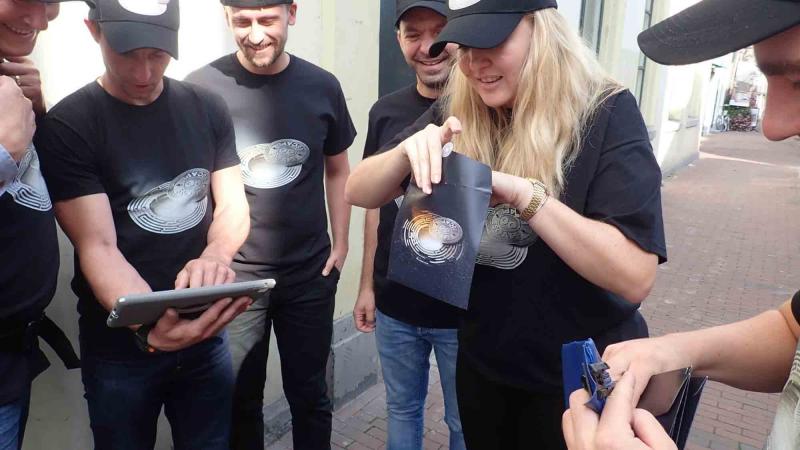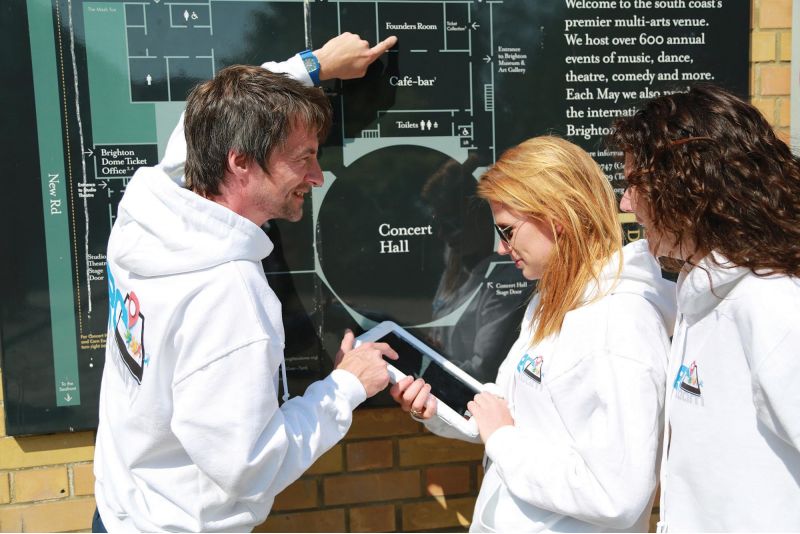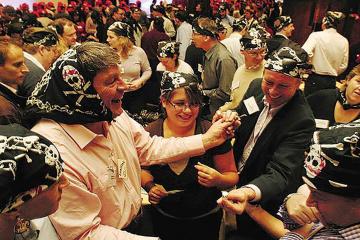Online learning and the gamification of learning has increased in use by the education sector and corporations in the past decade. Gamification creates exciting, educational and fun learning experiences. The benefits of gamification are scientifically based. Research shows that gamification in learning increases engagement, instils a sense of accomplishment and overall increases retention tenfold over traditional learning methods such as reading and listening. The application of game mechanics to team building has been shown to increase its effectiveness.

Technology apps are playing an increasingly important role in the delivery team building programs. Over the past decade paper has been replaced by digital tools – such as smartphones, tablets and GPS systems – in team building activities. Looking forward into 2019, the wow of team building will come from collaborative VR games like The Infinite Loop. We will also see the emergence of bespoke high-tech contraptions like Red Alert pictured above. Using technology to deliver gamification techniques can achieve full immersion, motivation, inclusion and enhanced learning retention by participants.

How Science Supports Gamification in Learning
When humans participate in activities that stimulate their bodies or minds, the body releases the hormone, endorphin. Endorphins are neurotransmitters bringing feelings of motivation through a sense of achievement. Catalyst's latest Go Team program Escape the Maze is specifically designed to harness this by giving teams a challenge and rewarding them for successful completion whether it be points, a virtual prize or moving to the next level.

Risk & Reward
Risk and reward further drives this strive for achievement. We are all well aware of the addictive nature of poker machines, pachinko, mahjong and the like. In Quickfire teams must risk their tokens to participate in a challenge which when completed successfully is rewarded with more tokens they can invest and so the cycle continues. The result, teams are fully immersed and motivated.
 Endorphins
Endorphins
A well-known problem with ill-conceived team building programs is lack of engagement where one or more team members become passive observers. Through gamification, clever design and the use of technology all participants can be actively involved and endorphins ensure their involvement increases throughout the game. Science shows that the release of endorphins also means participants retain more information. This is a valuable scientific insight when designing a technology based team building game. Whether for conference engagement or a team building exercise including questions and challenges in the game that are centered around, for example conference content or company vision, will ensure participants are able to effectively absorb the information and commit it to memory long term.

Feedback & the Potential to Improve
Gamification is a great way for teams to receive constant, up to date, and automatic feedback. In the past teams had to wait until an announcement or even the end of the activity to know how they were performing. In Catalyst’s technology-based programs, updates, feedback and scores are real-time as participants progress. They can also receive messages of encouragement from the game controller and other participants through in-built messaging. This ability to receive feedback at any chosen time, allows all participants, not just those who are top of the table to enjoy the possibility of improving their performance. Research states how the potential to improve, is an important aspect of fulfilment and well-being. With this in mind, games utilizing technology should be designed with challenges that repeat a certain skill set. Catalyst applies this science to their technology based programs. It is most appropriately applied to Go Engage games for staff induction, conference engagement and the like which are generally played by an individual as part of an eLearning process. In cases where challenges are not black and white and thereby marked by a game controller not the app itself, adopting a marking scale that encourages teams to feel that they are improving on their performance has been shown to increase teams’ sense of fulfilment and motivation.
The application of game mechanics to team building has been shown to increase engagement, motivation, fulfilment and memorable learning. Technology is playing an increasingly important role in the delivery of game techniques in team building programs to great effect.



